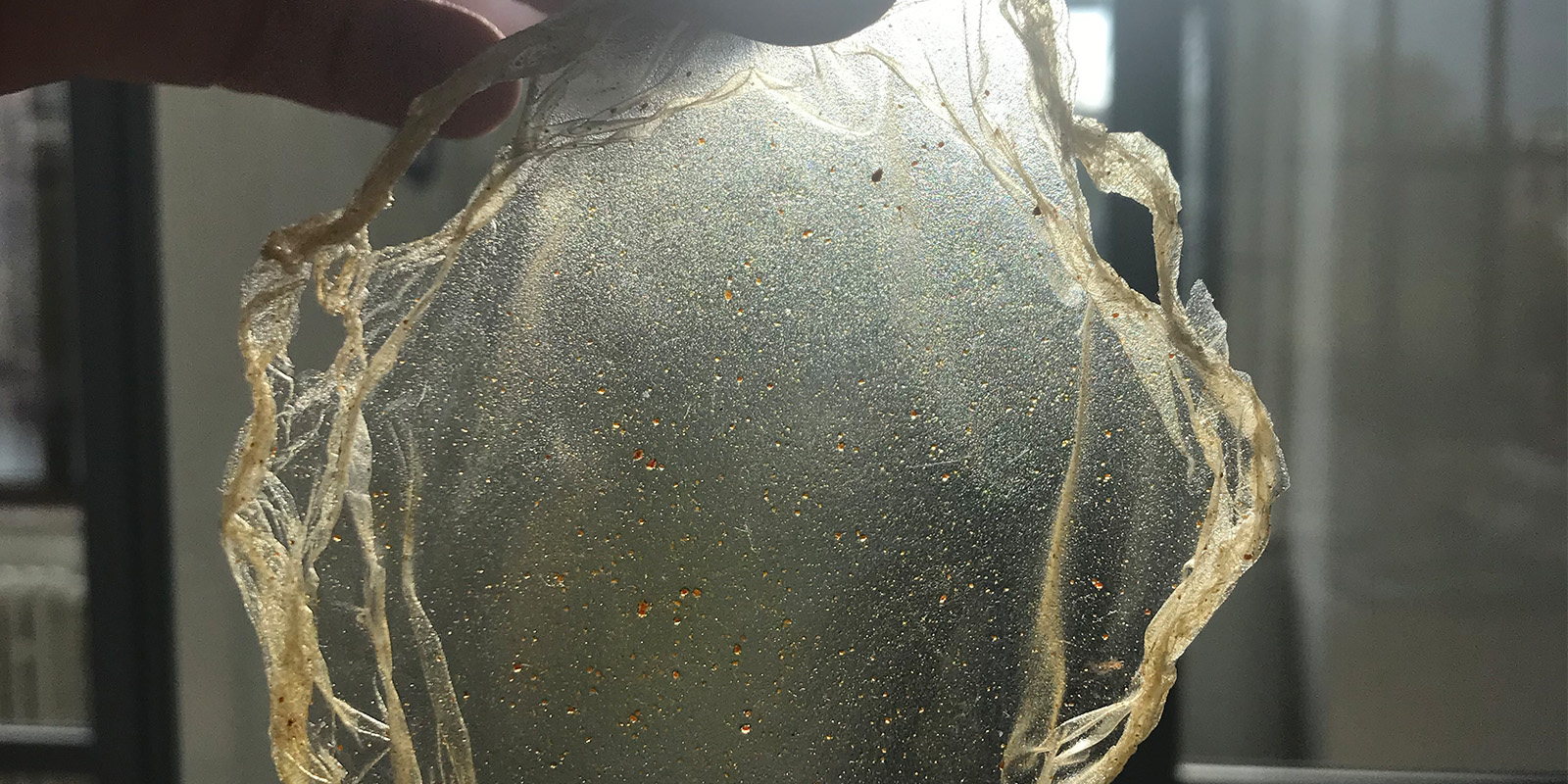This week we focus on experimenting with alternative materials where we combine craftsmanship with technology. This can be an alternative for the widely used plastics in our daily lives. While exploring new materials it therefore important to keep their future use in mind. As for the last century we have forgotten this which caused major design flaws in our daily lives, where we find ourselves surrounded by plastics, while observing knowledge about local materials and techniques disappear and left unused even when in abundance.
Details of this weeks assignments
More information can be found on the textile academy program: Fabricademy Handbook: Class 6 - BioFabricating Materials
Produce at least two grown and/or two crafted materials:
- Grown materials - Grow a material, experimenting with at least 2 different recipes and variations thereof. Document the process, ingredients, changes, describe and compare the materials
- Craft materials - Craft a material, experimenting with at least 2 different recipes and variations thereof. Document the process, ingredients, changes, describe and compare the materials
- Document your recipes, the ingredients and process and if there have been changes, document your unexpected discoveries
- Name your materials, classify them by typology and display them in a systematic order of samples. EXTRA POINT Submit some of your swatches to the analog material library of your lab. (20cm x 20cm aprox)
